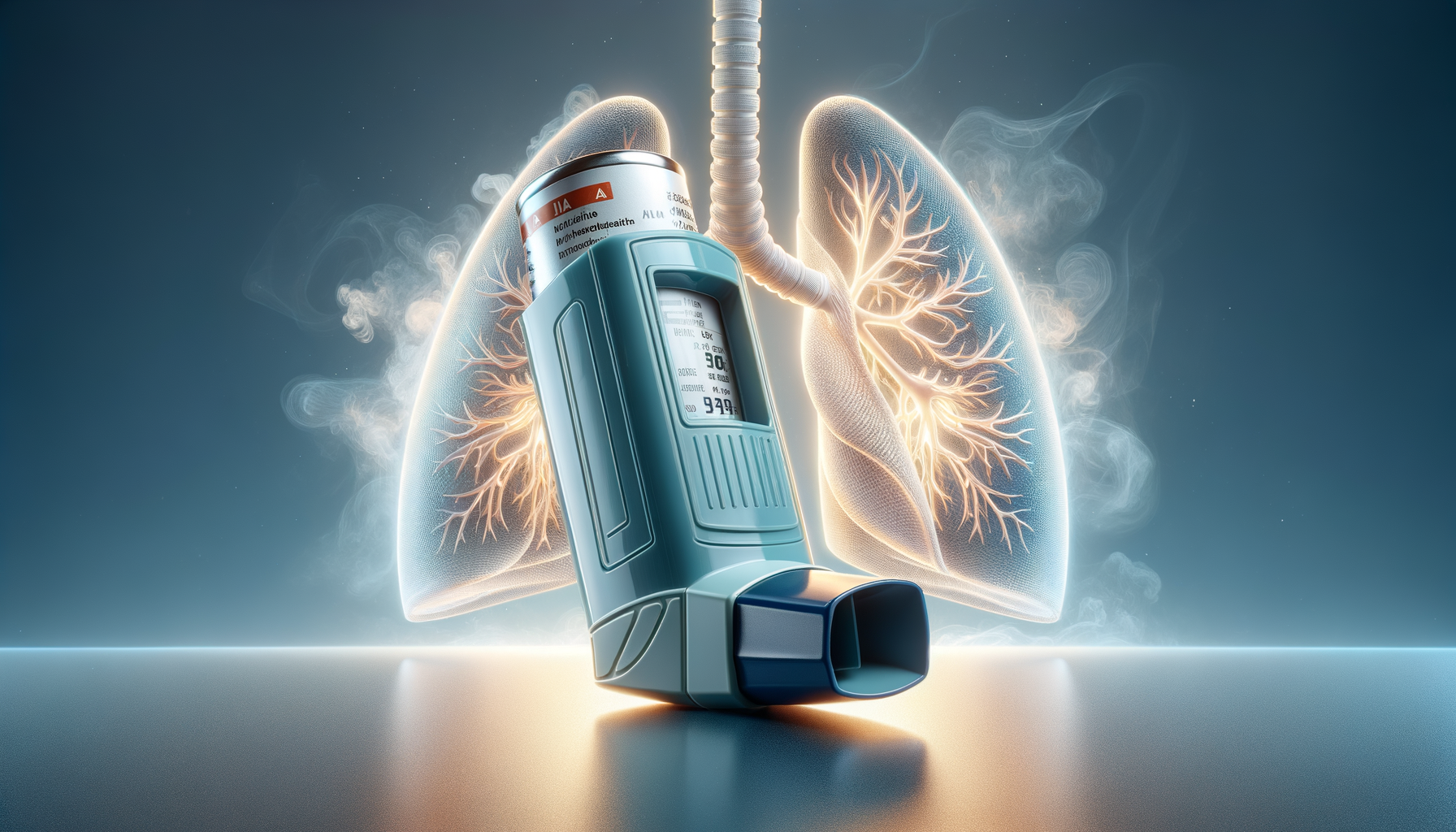
What You Need to Know About 3-in-1 Inhalers and Lung Health
Introduction to Asthma Inhalers
Asthma inhalers are indispensable tools for individuals managing asthma, a chronic condition that affects millions worldwide. These handheld devices help manage symptoms like wheezing, shortness of breath, and chest tightness, offering relief and improving quality of life. Understanding the types of inhalers and their functions is crucial for effective asthma management.
Inhalers are categorized based on their mechanism and function. The most common types include metered-dose inhalers (MDIs), dry powder inhalers (DPIs), and soft mist inhalers (SMIs). Each type delivers medication directly to the lungs, which is essential for rapid relief and long-term control of asthma symptoms.
The evolution of inhalers has led to the development of 3-in-1 inhalers, which combine multiple medications into a single device. This innovation aims to simplify treatment regimens and enhance compliance, especially for those requiring multiple medications daily. These inhalers integrate long-acting beta agonists (LABAs), inhaled corticosteroids (ICS), and long-acting muscarinic antagonists (LAMAs), providing comprehensive asthma management in one device.
The Mechanics of 3-in-1 Inhalers
3-in-1 inhalers represent a significant advancement in asthma treatment, combining three different types of medications to address various aspects of asthma management. This combination includes:
- Inhaled Corticosteroids (ICS): These reduce inflammation in the airways, a key factor in asthma exacerbations.
- Long-Acting Beta Agonists (LABAs): These help relax and open the airways, making breathing easier.
- Long-Acting Muscarinic Antagonists (LAMAs): These prevent the muscles around the airways from tightening.
The integration of these medications into a single inhaler simplifies the treatment process, reducing the number of devices a patient needs to manage. This convenience can lead to better adherence to treatment plans, potentially improving overall asthma control.
Using a 3-in-1 inhaler requires understanding its operation. Patients must ensure they follow the prescribed dosage and technique to maximize the inhaler’s benefits. Proper inhalation technique is crucial, as incorrect usage can lead to inadequate medication delivery and suboptimal asthma control.
Benefits and Considerations of 3-in-1 Inhalers
The primary advantage of 3-in-1 inhalers is their ability to streamline asthma management. By combining multiple medications, these devices reduce the complexity of treatment regimens, which can enhance patient compliance. This is particularly beneficial for individuals with severe asthma requiring frequent medication adjustments.
Additionally, 3-in-1 inhalers can improve medication adherence by minimizing the number of inhalers a patient needs to carry. This convenience is especially valuable for active individuals or those with busy lifestyles, as it reduces the likelihood of missed doses.
However, there are considerations to keep in mind. Patients must be educated about the side effects of each medication component, as combining them does not eliminate potential adverse effects. Regular follow-ups with healthcare providers are essential to monitor the effectiveness of the treatment and make necessary adjustments.
Furthermore, not all patients may be suitable candidates for 3-in-1 inhalers. Healthcare providers must assess individual needs and preferences to determine the most appropriate treatment approach.
Comparing 3-in-1 Inhalers to Traditional Options
When comparing 3-in-1 inhalers to traditional single or dual-component inhalers, several factors come into play. Traditional inhalers often require patients to use multiple devices to achieve comprehensive asthma management. This can be cumbersome and may lead to poor adherence, especially if patients struggle with complex treatment regimens.
In contrast, 3-in-1 inhalers offer a simplified approach by consolidating treatment into one device. This can lead to better adherence and potentially improved health outcomes. However, the effectiveness of 3-in-1 inhalers depends on proper usage and patient education, as incorrect technique can negate the benefits of combination therapy.
Cost is another consideration. While 3-in-1 inhalers may initially seem more expensive, they can be cost-effective in the long run by reducing the need for multiple prescriptions and minimizing the risk of asthma exacerbations that require emergency care.
Ultimately, the choice between traditional and 3-in-1 inhalers should be based on individual patient needs, preferences, and lifestyle. Healthcare providers play a crucial role in guiding patients to the most suitable option.
Conclusion: Enhancing Lung Health with 3-in-1 Inhalers
3-in-1 inhalers represent a significant advancement in asthma treatment, offering a convenient and effective option for managing symptoms. These devices simplify the treatment process by combining multiple medications, which can lead to better adherence and improved health outcomes.
However, successful management requires proper usage and ongoing communication with healthcare providers. Patients should be educated about the correct inhalation technique and potential side effects to maximize the benefits of 3-in-1 inhalers.
As asthma management continues to evolve, 3-in-1 inhalers provide a promising solution for those seeking a more streamlined approach to maintaining lung health. By working closely with healthcare providers, patients can ensure they receive the most effective and personalized treatment for their asthma.


